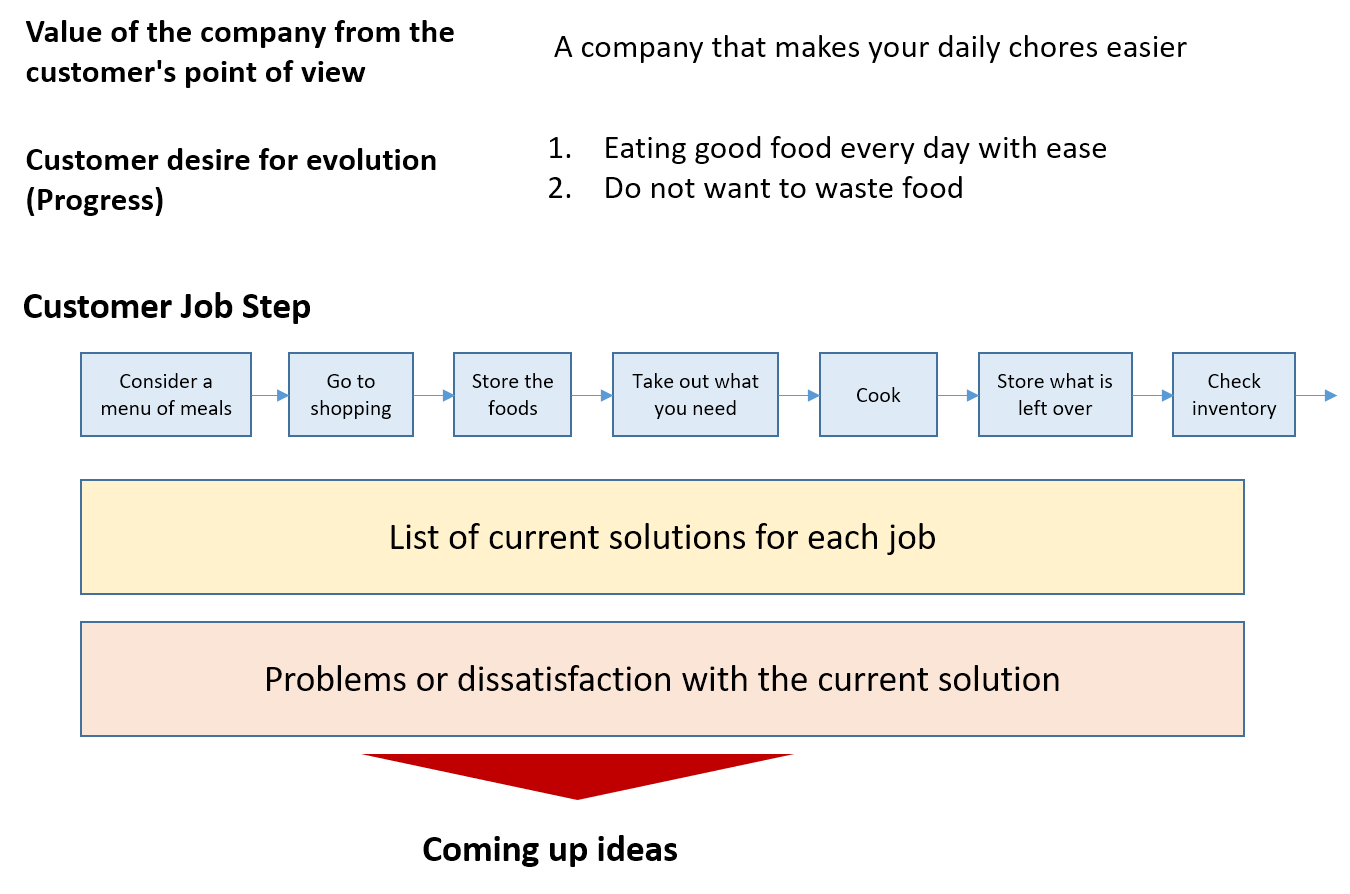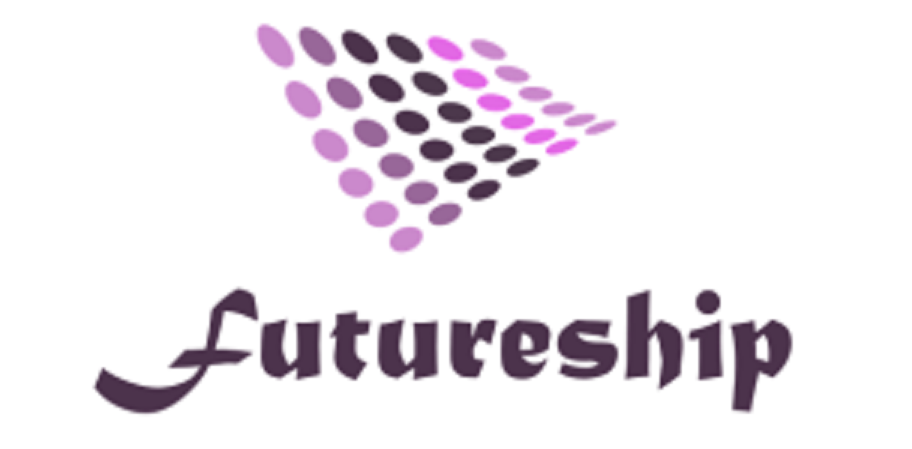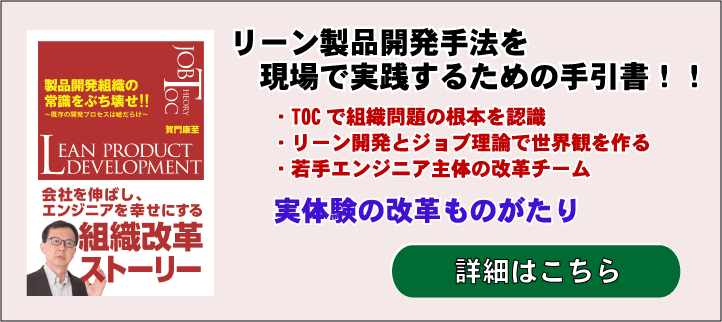
As the world is flooded with products and services, market diversity has a great impact on corporate performance, and the rapid progress of information technology has made it more and more complicated to provide products and services, it is no longer possible for one company to survive the competition alone.
The trend of open innovation, that is, seeking what one company does not have through collaboration and alliances with other companies, is unstoppable.
In the past few years, the use of venture businesses has been gaining momentum, especially in large corporations, and while open innovation seems to be progressing in Japan, there is still a lot of resistance and obstacles within companies to inter-company collaboration, and I think there is still a lot of room for the evolution of open innovation.
I will show you how to activate open innovation by capturing the business ecosystem using the Job Theory framework that we promote.
Contents of this article
What is a Business Ecosystem?

With the development and spread of the Internet, especially mobile communication technology, people’s lifestyles have changed dramatically over the past 20 years.
The market is flooded with products, and the choices available to customers are infinitely expanding, making it increasingly difficult to win customer satisfaction with just a single product or a single service.
It has become increasingly difficult to win customer satisfaction with a single product or a single service. Products as hardware, services that utilize communication infrastructure, application services, and so on are frequently combined to create customer value, and customers are well aware of this.
Here, the unit that achieves the necessary satisfaction for customers, i.e., the state in which multiple products and services work together, is called a business ecosystem.
I believe that if we only think in terms of conventional corporate values, such as how to create and maintain a relationship between the company and its customers, or how to grow the company along with its customers, we will not be able to keep up with the speed of change.
I think it is necessary to accept the fact that the values of customers are rapidly changing or evolving, rather than the values of the company itself, and to think about what a company should be when it thinks in terms of the values of its customers.
In other words, customers will come to evaluate companies or groups of companies based on their business ecosystems.
The value of a company’s brand is determined by how it acts in response to its customers’ desire for evolution, or more broadly, to society’s desire for evolution as a whole.
I believe that only those companies that do not stick to their own convenience and their own products and services, but continue to seek collaboration with multiple companies and try to help their customers and society evolve, will survive.
Furthermore, finding the desire for the evolution of customers and the evolution of society is a marketing activity, and our company intends to use job theory to answer this question.
Discover the business ecosystem using the Job Theory framework

As mentioned in the article, “A Framework for Implementing Job Theory” there is no clear framework for the Job Theory proposed by Professor Christensen and others.
The Job Theory framework that we have developed starts by capturing the customer’s behavior, or “Jobs to be done,” as a story, regardless of the product.
Reference article :What is Job Theory (Jobs-To-Be-Done) – An easy to understand explanation of how to put it into practice
****This is an easy-to-understand explanation of the concept of Job Theory in simple terms***
View jobs as stories and connect them to customers’ desire for evolution

The figure above is an example of a story in which the jobs (things to do) of a housewife (or maybe a housewife) who prepares the table every day are surrounded by a light blue frame.
She thinks about the menu for tonight’s meal, goes shopping to get the necessary ingredients, puts them away in the storage area, takes out what she needs when she cooks, actually cooks the meal, and puts the leftovers away in the storage area.
This series of things (jobs) that the customer has to do and is trying to do something is considered as a subordinate job in our company.
Then, we consider what kind of evolution the customer is trying to achieve in this series of jobs as the higher-level job.
The higher-level job related to meal preparation, for example, is the desire to eat delicious food with ease every day.
It is not a question of whether or not all people feel this way, but we think that a certain percentage of people have this desire.
In addition to the desire to eat delicious food with ease, some people may want to enjoy their meals without wasting food. or “I want to eat healthy food. or “I want to eat healthy food.
With such a wide variety of customer desires, I think it is the company’s mission and management policy that determines in what way the company will contribute to its customers or to society.
If, hypothetically, the company chooses to satisfy the desire to “eat delicious food with ease every day,” then the brand strategy would be to continue to strive to make the company recognized as a company that contributes to satisfying that desire.
Evolving the story of the lower-level job, or the job that needs to be done, to satisfy the higher-level job, or the desire to evolve, is the innovation process using the Job Theory framework.
In the example above, a company whose mission is to fulfill the customer’s desire for evolution (the top job), “I want to eat delicious food with ease. The company’s mission is to fulfill the customer’s desire for evolution, “I want to eat delicious food with ease” (the upper job), and the company sees the lower job as a story and aims for innovation by connecting the upper and lower job stories.
Ecosystem of coordinated solutions to jobs
Then, the next step is to think about the solutions that currently exist for each job.
For example, one solution for the job of storing food would be a refrigerator.
For example, one solution for the job of storing food ingredients would be a refrigerator, another would be a rice chest for rice, another would be a freezer for frozen foods, and another would be a vegetable compartment for vegetables.
For the job of coming up with a menu for a meal, consulting with family members, getting hints from cookbooks and TV cooking shows are also solutions, and recently, apps that provide recipes are easily available.
For shopping, supermarkets offer convenience to customers as they can buy many ingredients in one place.
Online shopping also eliminates the hassle of going out, and co-ops offer regular deliveries of necessary food items.
A solution map is a list of existing solutions for each job in a job story.
When you look at the resulting solution map, you can see that there are many different businesses in the world around you.
This means that most of the solutions to jobs involve some kind of business.
You can also understand that connecting the solutions for each job in the job story is more convenient for the customer.
When we think about this series of job stories in the home, the concept of ecosystem tells us what a refrigerator manufacturer, for example, should do.
The competition between refrigerator manufacturers to brush up the performance and functions of their refrigerators is an obvious competition, but by going beyond that and getting into the job stories of their customers and linking them with solutions for meal menus, solutions to make shopping easier, etc., they can make their customers’ lives “easier. I want to eat good food. We can make their lives easier and bring them closer to their desire to eat well.
To build an ecosystem, up of solutions that can cover the entire job story, or as many parts of it as possible, or in other words, a group of businesses that can provide one-stop services to customers.
Discovering an ecosystem from a solution map is the method we propose using the Job Theory framework.
Reference Article:
A “Wide Lens” to Learn the Essence of Open Innovation
Generating Innovation Ideas from Solution Maps
Once we have the job stories and the existing solutions for each job, we can see the business ecosystem. The next step is to generate ideas from this solution map that should satisfy the customer’s desire for evolution (the top jobs).
The next step is to use this solution map to come up with ideas for satisfying the customers’ desire for evolution (the top jobs). The clue for coming up with ideas is to find out where the customers are not satisfied with the current solutions.
Areas where solutions to jobs are scarce can be areas where new entrants can easily enter and create opportunities for new business.
Solutions to jobs that exist but customers are dissatisfied with, especially those where customers have accepted the status quo and given up on their dissatisfaction, can become latent needs.
Idea generation is more likely to produce good ideas if the issues are clear.
From the solution map, we can identify the issues from various perspectives.
For example, when you go shopping after planning the menu for dinner, you have to carefully check the ingredients you currently have stored in your house and put the missing items on your shopping list.
If the refrigerator is the main storage area, the amount of shopping will be limited by how much more can be stored, but if we rely on the intuition of the housewife or husband to determine how much can be stocked up, the level of satisfaction can still be increased.
By putting ourselves in the customer’s shoes and considering the room for improvement for the desire to evolve, we can organize the issues for idea generation and come up with ideas from there.
Realization of ideas through open innovation

In the process of discovering the business ecosystem from the solution map and coming up with issues aimed at the customer’s desire for evolution (higher-level jobs) in the entire ecosystem, the idea generation process involves a wide range of ideas that could not have been considered in the past with idea generation focused only on the company’s own products.
There are cases where the solution to the job can be solved within the company’s own products, and cases where the solution cannot be solved by the company alone.
In other words, there is a limit to the number of ideas you can come up with on a layman’s basis if you don’t have the technology or know-how to solve the problem in-house.
This is why collaboration with other companies, in other words, open innovation, is necessary.
Open innovation partners
There are three patterns of open innovation, depending on the collaboration partner.
- Collaboration between industry and academia
- Partnering with or acquiring a venture company
- Alliances between companies
When promoting open innovation, the following factors must be taken into consideration
- Cost of procurement of ideas and technologies
- Profit sharing
- Whether or not the company can monopolize the technology and know-how
I think this is the most important point.
Universities and public research institutes tend to have high quality technology and know-how, but due to their public nature, it is difficult to monopolize them.
Alliances between companies increase the possibility of monopolization if the interests of both parties coincide, but it is most likely that both parties will not compromise on profit sharing, and the total procurement cost may be higher.
The number of venture companies is increasing in Japan these days, and they are promising. However, good venture companies are sometimes surrounded by large companies with their financial power, and it may be difficult for small and medium-sized companies to cultivate an eye for finding the rough stones that no one else has set eyes on.
In any case, I think it is important to keep your antennae open from a broad perspective, rather than narrowing down your search to a single partner.
You must spare no effort in finding partners without wavering from the issues you have derived from the solution map and the ecosystem.
Do not lose sight of your company’s points of differentiation
When finding a partner, you must never forget that you must not only get something from them, but you must also have your own strengths.
In open innovation, it sometimes happens that you only think about getting something that you don’t have, and the partnership doesn’t go well, or the other party tries to partner with another company, or you lose your advantage in profit sharing.
The most ideal idea is to combine the other party’s technology and know-how with your own proprietary technology and know-how to increase customer value.
Be very aware that without a win-win relationship, collaboration is unlikely to proceed, and without your own points of differentiation, you will be easily imitated and will not have a competitive advantage.
When creating a job story, it is essentially important not to be too conscious of the product, but I believe that creating a solution map with a little awareness of the collaboration between the inside and outside of your product will lead to well-balanced idea generation.
Obstacles to idea realization are the energy of innovation
Brainstorming, KJ method, MN method, etc. are known as methods to generate and nurture good ideas.
All of these methods are excellent for helping and accelerating idea generation, but we particularly recommend the MN method of thinking, borrowing ideas from different areas by analogy.
Did you know that Dyson’s cyclone vacuum cleaner borrowed its idea from a sawmill dust collector? The shape of the lead car of the Shinkansen bullet train was derived from the beak of a platypus, the pulsator of a washing machine from a bird’s feather, etc. Many inventions have been created by skillfully developing ideas from other fields.
Regardless of which method you use, as long as you keep the problem and the goal in mind, i.e., the customer’s desire for evolution, you will be able to develop a good idea.
At this point, even if it is just an idea, or rather a raw idea, it is very important that you know how to nurture it until it can be realized.
An idea that can be easily realized is, in a sense, hard to differentiate because it is easy to be followed.
The greater the obstacles to realization, the greater the value of the idea and the greater the energy for innovation.
You can’t do that. It’s a shame to kill an idea by saying, “That’s impossible.
I think that the ability to evaluate ideas is also a know-how that is required for organizations that aim for innovation. This is the same know-how that venture capitalists have in common with the criteria they use to make venture investment decisions.
What we recommend is to use Set-Based Development, a Lean development methodology, to nurture your ideas.
For more information on set-based development, please refer to the separate article “Understanding Set-Based Development“.
It is a method of development that builds up knowledge, modeled after the Wright brothers’ success in flying an airplane on a single prototype.
I would like to see organizations and engineers who have been making only minor changes to existing products go back to the basics of creating new things and challenge themselves to innovate.
Idea generation with partner companies
One of the problems with open innovation is the handling of intellectual property.
It is common to have conflicts over who owns the rights, especially when working together on an idea.
However, if we are too afraid of this, the original meaning of open innovation will be diminished.
In order to innovate for the sake of contributing to society, we may need to be open enough to allow each other to freely use the ideas we put on the table, as long as we are not competing with each other’s main business.
It may be the role of the innovation leader to strike a balance between the part of the company that is open and public to its partners and the part that considers the interests of the company.
Summary

In the truest sense of the word, we are living in an era where we should consider our business with the customer as the starting point.
We would like you to understand that it is becoming more and more difficult to completely satisfy customers with your own products alone. In order to satisfy customers’ desire for evolution (higher-level jobs), we would like you to build a business ecosystem and think about innovation in units of the ecosystem.
In the framework using our job theory, we have
- Customer’s desire for evolution (higher-level job)
- Customer’s job story (lower level job)
- Existing solutions to the job stories (solution map
Then, we create ideas from there.
When thinking of new concepts that go beyond the framework of our own products, we utilize external collaboration and open innovation.
We use the set-based development method of Lean development as a method to realize the ideas that emerge while maintaining the correct problem setting.
We conduct “Lean Product Development Practice Seminars” from time to time.
If you are considering implementing set-based practices, please attend one of our seminars.
Related Articles:
What is Toyota Style Lean Product Development?
Would you like to work with us to pioneer new concepts in products and services through open innovation from the use of job theory?
If you are interested, we would like to have a meeting with you.



